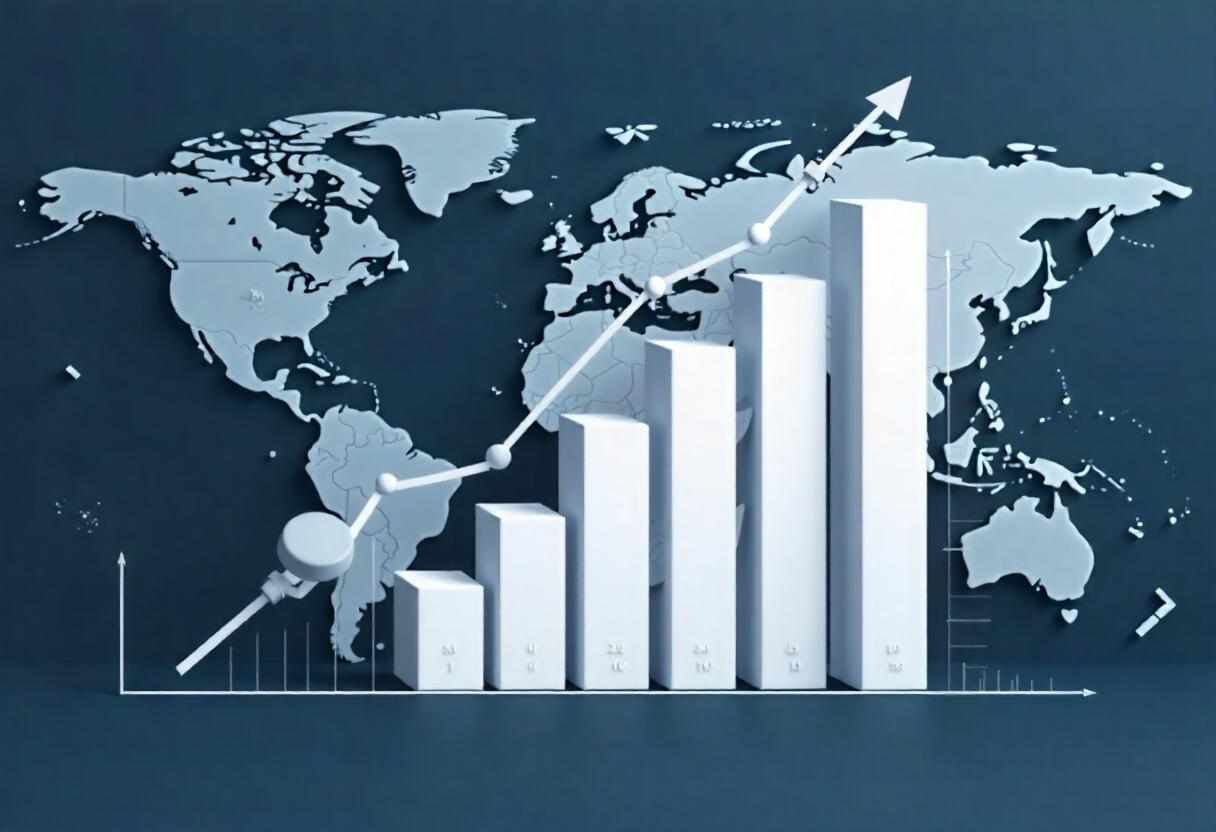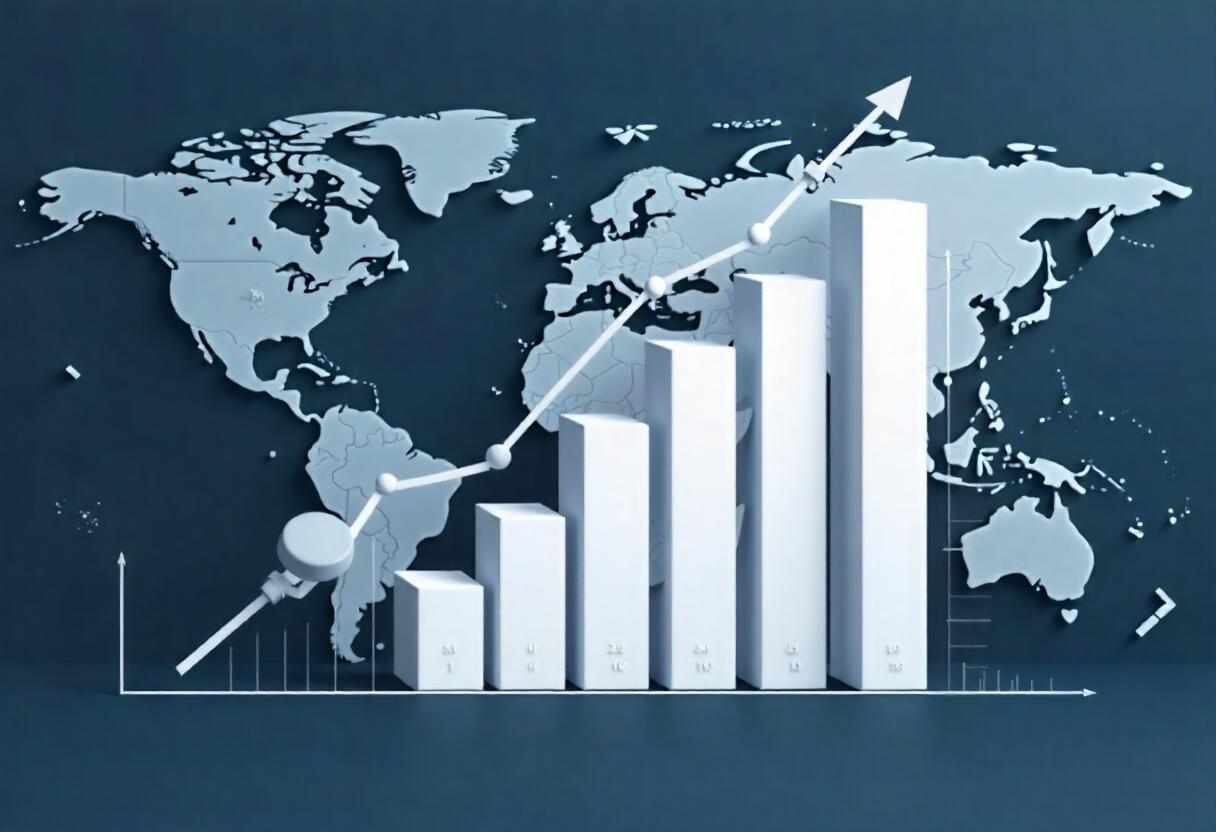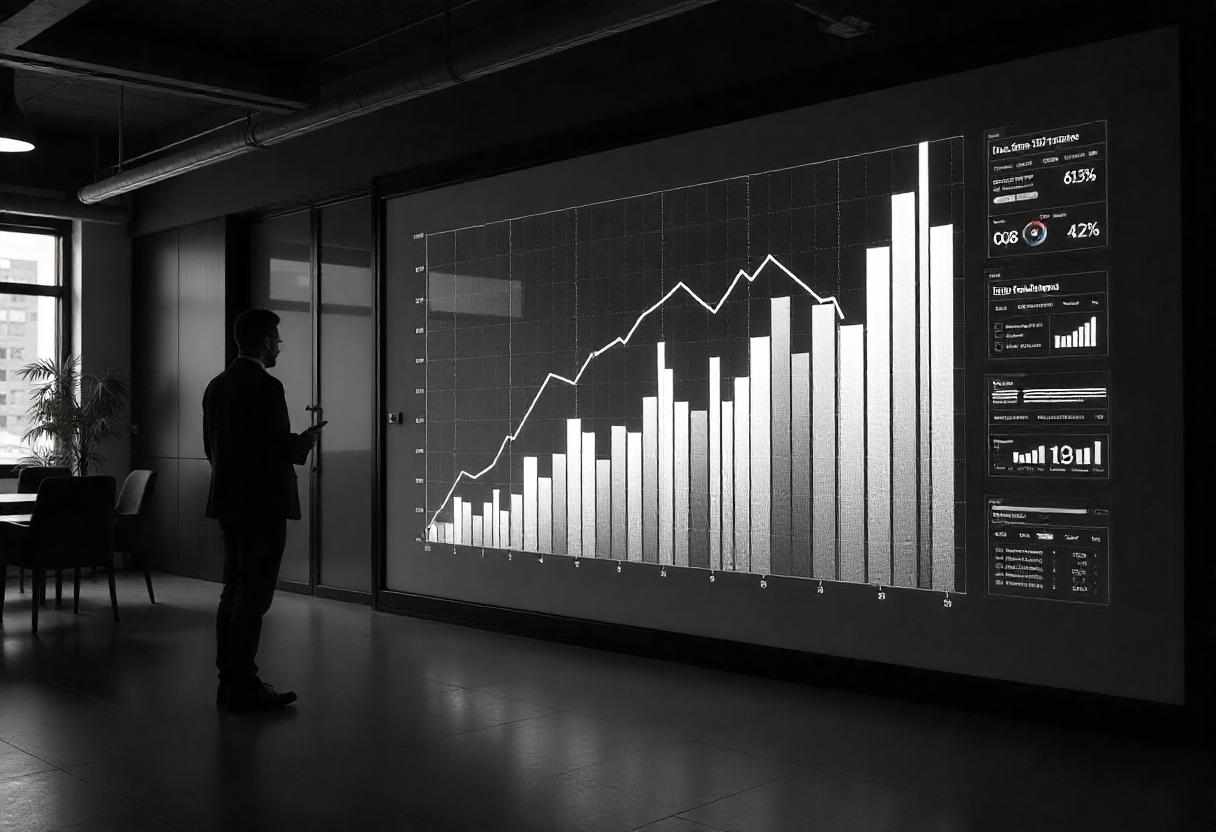
High Purity Magnesium Oxide Market
The global High Purity Magnesium Oxide (MgO) market has witnessed substantial growth over recent years, primarily due to increasing demand across various industrial and environmental applications. As of 2025, the market size is estimated to be approximately USD 550 million, with expectations to surpass USD 950 million by 2030, growing at a compound annual growth rate (CAGR) of 7.8%. This growth trajectory is fueled by factors such as the rising need for refractory materials in steel production, enhanced demand for magnesium-based supplements, and stringent environmental standards boosting demand for eco-friendly materials. Additionally, technological advancements in extraction and purification processes have improved the quality and scalability of high purity MgO products, further contributing to market expansion. Industries such as electronics, pharmaceuticals, agriculture, and construction are integrating high purity MgO into their products and processes, driven by its exceptional thermal resistance, chemical stability, and bio-compatibility. Trends such as miniaturization in electronics and cleaner production technologies are reinforcing the market's relevance across multiple sectors, positioning High Purity Magnesium Oxide as a critical component in future innovations.
High Purity Magnesium Oxide Market Segmentation
1. By Purity Level
This segment categorizes High Purity Magnesium Oxide based on its chemical purity levels. Typical classifications include 90–94%, 95–98%, and above 98% purity. Products with 98% and higher purity are predominantly used in electronics, pharmaceuticals, and specialized ceramics. Their superior thermal insulation and reactivity control make them suitable for high-tech applications such as substrate materials for thin-film deposition. In contrast, mid-range purity MgO is widely used in environmental and construction sectors due to its cost-effectiveness and adequate performance characteristics. This segmentation is vital in aligning product specifications with industrial requirements, optimizing both performance and price.
2. By Application
Applications of High Purity Magnesium Oxide span across several key industries including metallurgy, pharmaceuticals, environmental protection, and agriculture. In metallurgy, MgO is utilized in refractory linings for furnaces due to its high melting point and durability. In the pharmaceutical sector, it serves as an antacid and laxative, as well as a magnesium supplement. Environmental applications include water treatment and flue gas desulfurization, while in agriculture, it is employed to correct magnesium-deficient soils. These diverse applications underscore the material’s versatility and its growing importance in environmentally conscious and health-related markets.
3. By End-Use Industry
The major end-use industries include steel & metallurgy, healthcare, chemical manufacturing, and electronics. The steel industry remains the largest consumer due to the heavy use of MgO-based refractories. Healthcare relies on its pharmaceutical-grade variants for supplements and formulations. Chemical manufacturing industries use MgO for producing magnesium salts and for pH regulation. Meanwhile, the electronics sector benefits from its use in insulating substrates and magnetic materials. These sectors leverage the unique properties of high purity MgO to enhance product performance and longevity, thereby propelling overall market demand.
4. By Geography
Geographically, the market is segmented into North America, Europe, Asia-Pacific, and Rest of the World. Asia-Pacific leads in terms of both production and consumption, driven by expanding steel production in China and India, and a growing electronics manufacturing base. Europe shows significant demand due to strict environmental norms and high investment in advanced ceramics and green technologies. North America’s market is supported by technological innovations and strong pharmaceutical demand. The regional segmentation highlights the global dispersion of consumption patterns and the strategic importance of localized supply chains and market-specific regulations.
Emerging Technologies and Innovations
The High Purity Magnesium Oxide market is undergoing transformative changes fueled by rapid technological innovation, product development, and strategic collaborations. Among the notable advances is the refinement of extraction and purification technologies such as solvent extraction, membrane separation, and advanced calcination techniques, which have significantly enhanced purity levels and reduced impurities. These improvements not only boost product quality but also reduce environmental impact, aligning with global sustainability goals. Another key innovation is the integration of MgO into next-generation energy storage devices and electronics. Researchers are exploring the use of MgO in solid-state batteries and magnetic tunneling junctions due to its excellent insulating properties and thermal stability. Additionally, high purity MgO is gaining traction in the development of ceramic composites for aerospace and defense applications, thanks to its resistance to extreme temperatures and corrosive environments. Collaborative ventures between academic institutions, government bodies, and private enterprises are also shaping the market landscape. Partnerships aimed at recycling magnesium from industrial waste and optimizing MgO-based environmental solutions are gaining momentum. For example, European initiatives are funding R&D to develop reusable MgO-based sorbents for CO2 capture. Furthermore, companies are investing in digital process monitoring systems to ensure consistent purity standards, enhancing quality assurance across the production chain. These developments are pushing the boundaries of how High Purity Magnesium Oxide is used, setting the stage for a broader array of industrial applications and establishing new benchmarks for performance and sustainability in materials science.
Key Players in the High Purity Magnesium Oxide Market
Ube Industries Ltd. – A key supplier of high-quality magnesium compounds, known for its strict quality control and advanced production facilities catering to the electronics and pharmaceutical sectors.
Magnesia Mineral Compounds GmbH – Specializes in high-purity magnesium oxide for industrial and health-related applications, focusing on sustainability and compliance with EU standards.
Lehmann&Voss&Co. – Offers a broad portfolio of specialty chemicals including ultra-pure MgO, with a strong focus on custom formulations and long-term client partnerships.
ICL Group – Operates across global markets providing agricultural and industrial magnesium products with R&D-backed performance enhancements.
Martin Marietta Magnesia Specialties – An established name in the North American market, offering high-performance MgO products tailored to metallurgy, water treatment, and construction sectors.
Konoshima Chemical Co., Ltd. – A Japanese leader in producing electronic-grade MgO, heavily invested in precision manufacturing and innovation for advanced applications.
Market Challenges and Potential Solutions
The High Purity Magnesium Oxide market faces several challenges that could constrain its growth if unaddressed. One of the primary concerns is the volatility in raw material availability, particularly magnesite, which is concentrated in a few geographical regions such as China. This creates vulnerabilities in the global supply chain, especially during geopolitical tensions or export restrictions. Another challenge is the high cost associated with achieving and maintaining ultra-high purity standards. These expenses can limit the accessibility of high-purity MgO to only premium industries, reducing broader market penetration. Additionally, the energy-intensive nature of MgO production raises environmental concerns, often attracting scrutiny from regulators and stakeholders alike. Regulatory barriers, particularly in Europe and North America, further complicate market expansion. Strict guidelines regarding purity, emissions, and chemical composition demand extensive compliance efforts, often increasing operational costs. To address these issues, companies are increasingly investing in alternative sourcing strategies and recycling technologies to diversify their raw material base. Process automation and AI-driven quality control are being introduced to reduce production costs and improve consistency. Furthermore, collaboration with regulatory bodies for clearer compliance frameworks and sustainability certifications can smoothen market entry and build trust with environmentally conscious consumers.
Future Outlook
The future of the High Purity Magnesium Oxide market looks promising, characterized by robust demand across high-growth sectors and continuous technological advancements. By 2035, the market is projected to exceed USD 1.5 billion, with Asia-Pacific remaining the dominant force due to its manufacturing capabilities and growing industrial output. One of the key drivers will be the increasing use of high-purity MgO in electronics, where it serves as a critical material in magnetic and dielectric applications. The trend towards electric vehicles and renewable energy storage is likely to spur further innovation in MgO-based materials. Additionally, healthcare and pharmaceutical industries are expected to demand more bio-compatible and high-quality magnesium compounds, expanding their scope within the market. Regulatory and environmental trends will also play a defining role. As industries seek more sustainable and non-toxic materials, high purity MgO will benefit from its relatively low ecological footprint compared to alternatives. Market consolidation, mergers, and acquisitions are anticipated as companies seek to streamline operations and gain competitive advantage through scale and technological prowess. Overall, the market’s trajectory suggests a transition from traditional commodity-based uses to high-value applications, transforming High Purity Magnesium Oxide into a strategic material for the future economy.
Frequently Asked Questions (FAQs)
1. What is High Purity Magnesium Oxide used for?
High Purity Magnesium Oxide is used in a variety of applications including refractories, electronics, pharmaceuticals, agriculture, and water treatment. Its high thermal resistance, stability, and biocompatibility make it suitable for specialized industrial uses.
2. Which industries consume the most High Purity Magnesium Oxide?
The major consuming industries are steel and metallurgy, electronics, healthcare, and environmental sectors. Steel production uses it for furnace linings, while electronics and pharma industries leverage its insulating and medicinal properties respectively.
3. What challenges does the market face?
Key challenges include raw material sourcing limitations, high production costs, and regulatory compliance hurdles. Addressing these involves technological innovation, strategic sourcing, and regulatory collaboration.
4. Who are the major players in the High Purity MgO market?
Leading companies include Ube Industries, ICL Group, Martin Marietta Magnesia, Konoshima Chemical, and Magnesia Mineral Compounds GmbH. These players focus on high-quality production, R&D, and global distribution.
5. What is the projected growth rate of the market?
The market is expected to grow at a CAGR of 7.8% from 2025 to 2030, with significant opportunities in electronics, environmental technologies, and pharmaceuticals driving future demand.










Write a comment ...